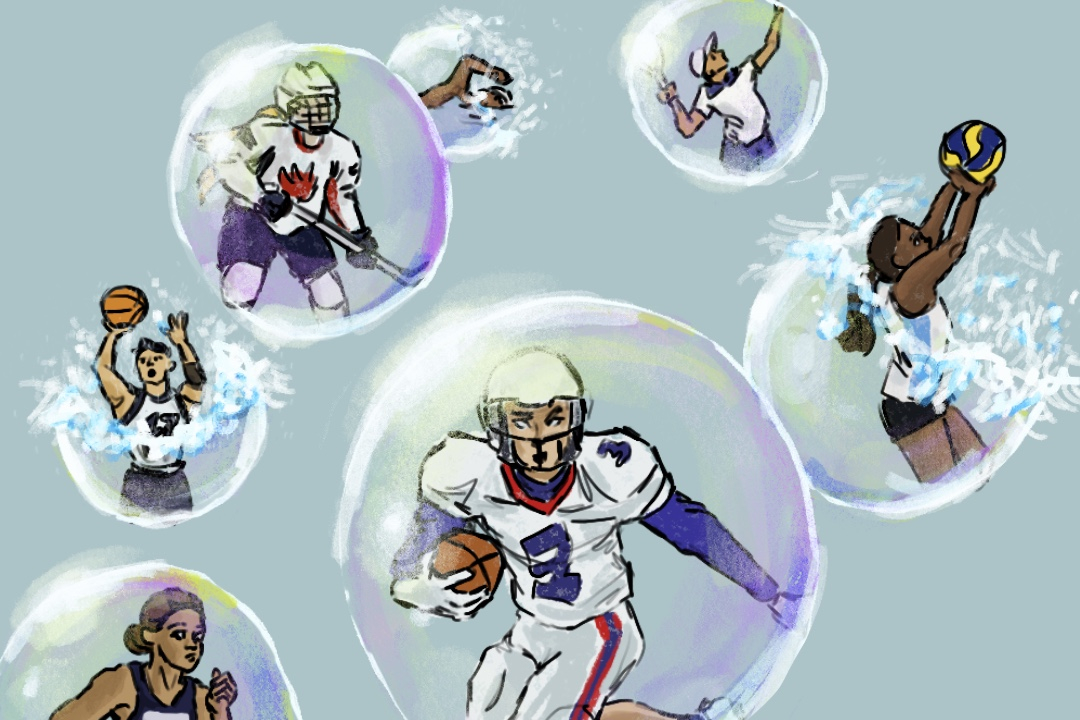After an unusual spring, the return of professional sports this past summer was a relief to fans. While familiar in many ways, sports also looked very different upon their return, as many leagues were forced to play in ‘bubbles’ — without outside exposure — due to COVID-19. It was the safest way to continue, cutting down the need for travel and limiting contact.
The bubbles made it possible for fans to watch Tampa Bay Lightning raise the Stanley Cup, the Los Angeles Lakers win the NBA Finals, and the Columbus Crew win the Major League Soccer (MLS) Cup — a welcome distraction from our new reality.
However, heading into the 2021 season, many leagues opted out of their bubbles and were criticized for it. The bubbles posed many new challenges, but they also solved many problems. So why did they do away with them?
While the bubbles undoubtedly protect physical health, several star players, such as Paul George and Jamal Murray, spoke out about their mental health challenges in the NBA’s bubble. Being separated from family and confined to one space for months at a time, of course, was difficult for many athletes.
Additionally, the bubbles definitely aren’t cheap — the NBA’s, for example, reportedly cost over $150 million. At the same time, however, the health of the players is priceless, and the safety of the bubbles can’t be denied. These players are athletes, but they are also parents, spouses, children, and friends.
So, perhaps a bubble should have been used again this season. They are effective — in an earlier season in late September, for example, the NHL reported its ninth straight week without a single positive COVID-19 test. Similarly, inside the MLS’ bubble, the participating teams had no new cases between July 12 and August 11, when the tournament wrapped up.
In comparison, 20 NBA games and seven NHL games have been postponed so far this season, without the bubble. And these numbers will surely continue to climb given their condensed schedules this season and, as a result, the more frequent contact between players. The NHL will play a 56-game season in only 116 days, and “32 stretches of five games in seven nights” are predicted in the first half of the NBA’s schedule — for reference, there were 19 in total last season.
How can the leagues keep their players and staff safe in the meantime? The restrictions must continue to be enforced — the NBA, for example, recently fined Brooklyn Nets star Kyrie Irving for attending an indoor gathering, requiring him to quarantine before returning to play. He faced not just the negative media attention, but also a fine of $50,000, and he was not paid for any games he missed during quarantine.
But is this enough to deter someone making upward of $33 million?
Only time will tell whether the leagues can play safely without a bubble. But, hopefully, the number of new COVID-19 cases and postponed games will go down, and the leagues won’t look back on this winter’s season and regret popping their bubbles.
Editor’s note (January 25): This article has been updated to correct that the league with no cases between July 12 and August 11 was Major League Soccer, not the Modern Sports League.


